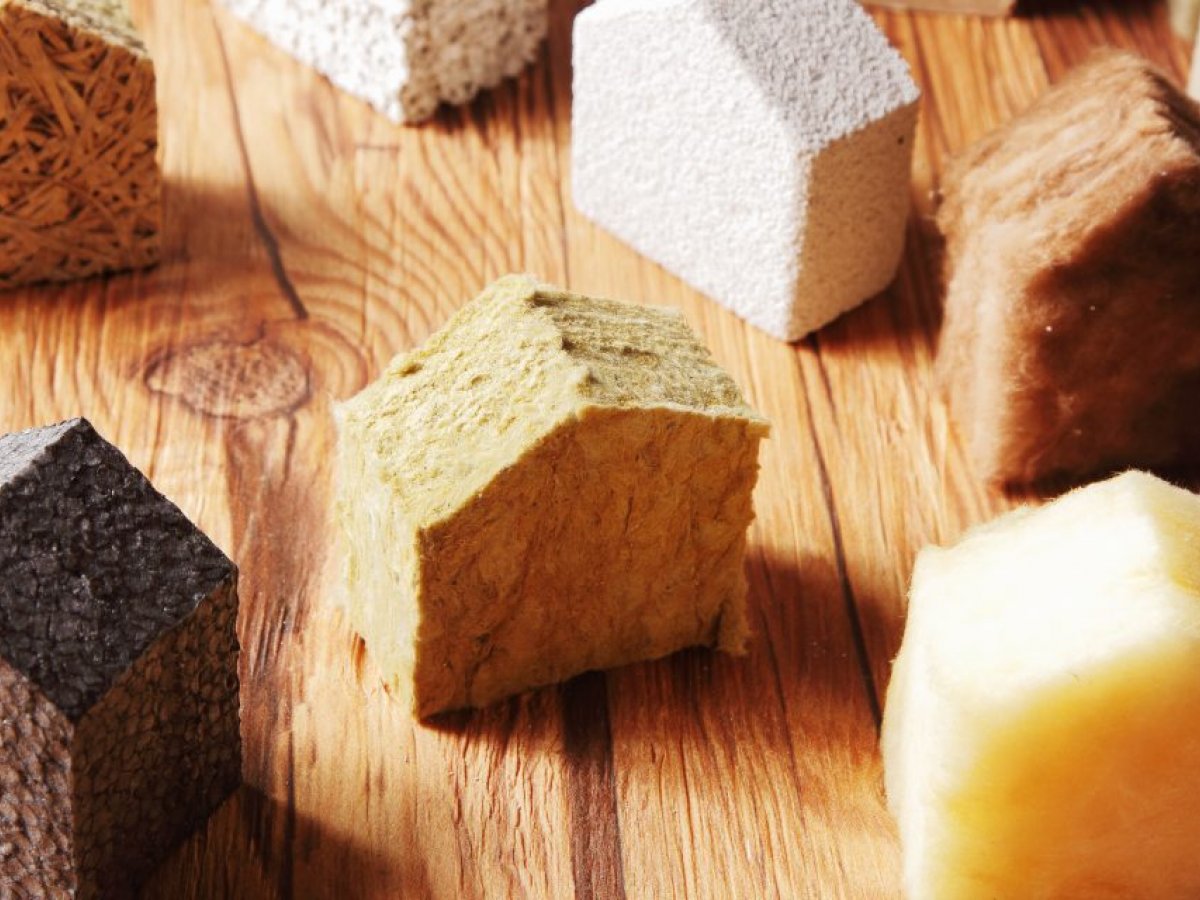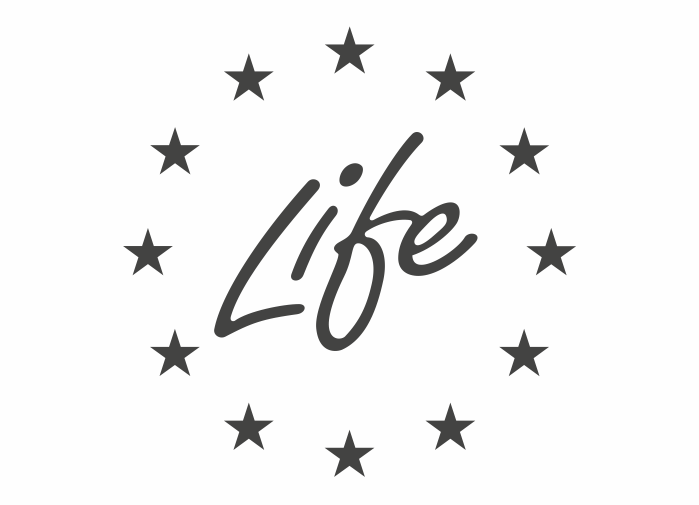
on 29 Mar 2023 1:00 AM
0 comments
The natural and recycled materials sector is growing and the potential of these materials in various aspects can be demonstrated, as verified by the ReNaturalNZEB project, a Portuguese-Spanish consortium involving LNEG and ITeCons. However, Paula Duarte, coordinator of the initiative at LNEG, says that “demand is not yet pulling supply” and that the market still has to mature.
“There is great difficulty on the part of designers, architects, contractors and installers, to face natural and recycled materials as a viable option for sustainable construction”, declares Paula Duarte, researcher at LNEG – National Laboratory of Energy and Geology. This happens at the same time that the market for natural and recycled materials is “growing”, with supplier companies showing interest in the subject, above all, in terms of cork and wood. However, “demand is not yet pulling supply” and the market is not yet “matured enough”.
The finding stems from a research project involving LNEG, ITeCons – Institute of Research and Technological Development for Construction, Energy, Environment and Sustainability, and five other Spanish partner institutions, namely CICYTEX, INTROMAC, URVIPEXSA, University of Córdoba and , as coordinating entity, the General Directorate of Architecture and Building Quality, which is part of the Junta de Extremadura, Spain.

This is the ReNaturalNZEB project, funded by the European LIFE program, and aims to "develop almost zero energy consumption buildings with a low carbon footprint and low cost, using natural and recycled materials and products, through the introduction of construction technologies sustainable", says Ana Paula Duarte, responsible for ReNaturalNZEB at LNEG.
To this end, “four demonstration experiments are being developed that combine different types of buildings and constructive situations, for social housing and public buildings” in Spain, whose work will last until March 2024. The objective is to verify the real impact of the use of natural and recycled materials and set an example that can help in the dissemination and dissemination of these practices.
In Portugal, with the work completed, simulations were carried out in a detached and semi-detached house, located in Beja, in a climatic zone similar to that of Spain. Simulations were carried out with natural materials – black agglomerated cork, sheep wool, Kenaf (an annual herbaceous plant), rice husks and rock wool – and, in constructive terms, the following modalities were evaluated: standard construction in Portugal, CLT (Cross Laminated Timber), Light Steel Frame, Taipa and BTC (Compressed Earth Blocks).
POSITIVE BALANCE POINTS TO THE VIABILITY OF THESE SOLUTIONS
In Portugal, “the balance is very positive”, says Paula Duarte, explaining that it was possible to explore, through the simulation tool, these various scenarios with different materials. Several of the proposed goals were achieved. Heating and cooling needs were restricted to a maximum of 15 kWh/m2 per year, and it was possible to reduce embodied energy and CO2 emissions by more than 60% – with CLT, it was possible to reduce embodied energy by 85% and , with LSF, it was possible to reduce CO2 emissions by 95%.
As for reducing the weight of the building by at least 20%, the goal is only achieved when there are interventions not only in terms of insulation and windows, but also in the structure of the building. The reduction of waste by half, which was also an objective, is not so clear: "It was not possible to arrive at the exact value", since it is not a real construction, explains Paula Duarte, safeguarding, however, that the potential is real.
Pricing is one of the biggest challenges. The idea was that the costs with the use of natural materials would not represent an increase of more than 25% in relation to the current average with the standard used in the construction industry. “Considering the adoption of natural materials in insulation, windows and the structure of the building, the cost of construction increases significantly”, says the LNEG researcher. This happens, above all, “due to external factors that have been increasing the cost of materials”, she clarifies, pointing to the war and the increase in the cost of transport as examples.
However, the conclusion of the work carried out in Portugal is that, by adapting the choice of materials and construction methods to the local climatic zone, the orientation of the buildings, as well as local resources and objective goals, the “adoption of solutions based on nature to reduce energy needs in the built environment is an alternative to traditional new construction and rehabilitation solutions”.
RENATURALNZEB PROVIDES A MANUAL TO HELP YOU CHOOSE
To help with the choice of materials, the ReNaturalNZEB project also made available, this month, a manual with guidelines and indications on the advantages and disadvantages of the different materials and thermal insulation on the market, also referring to studies and manufacturing companies. The manual is available in digital format in Portuguese and Spanish and can be downloaded here.
In addition to this manual, there are also others available in Spanish resulting from this initiative, namely the Manual on natural materials in construction, the Manual on the use and characterization of traditional materials: earth, stone and mortar, and the Manual on bioclimatic design for buildings. These are available for download here.



